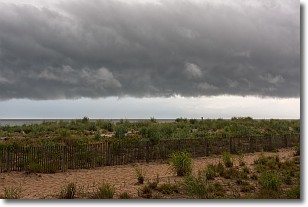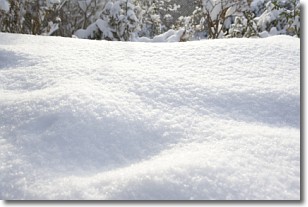Weather Alert in Pennsylvania
Flood Warning issued July 14 at 4:24PM EDT until July 14 at 10:00PM EDT by NWS State College PA
AREAS AFFECTED: Clinton, PA; Columbia, PA; Lycoming, PA; Montour, PA; Northumberland, PA; Sullivan, PA; Union, PA
DESCRIPTION: * WHAT...Flooding caused by excessive rainfall is occurring. * WHERE...A portion of central Pennsylvania, including the following counties, Clinton, Columbia, Lycoming, Montour, Northumberland, Sullivan and Union. * WHEN...Until 1000 PM EDT. * IMPACTS...Numerous roads remain closed due to flooding. Streams are rising again in many areas after a brief fall. Many locations in the warning area will have the water rise as high and even higher than it was earlier today. It will take several hours for all the water from these storms to work through local drainage systems in urban areas. * ADDITIONAL DETAILS... - At 421 PM EDT, gauge reports indicated heavy rain due to thunderstorms. Flooding is already occurring in the warned area. Between 1 and 7 inches of rain have fallen in the past 18 hours. - Additional rainfall amounts up to 1 inch are possible in the warned area. - Some locations that will experience flooding include... Williamsport, Milton, Montoursville, Jersey Shore, Muncy, Watsontown, Hughesville, Montgomery, Duboistown, New Columbia, Allenwood, Buckhorn, Jerseytown, Rohrsburg, Iola, Jamison City, Eyers Grove, Waller, Exchange and Delaware Run. - http://www.weather.gov/safety/flood
INSTRUCTION: Turn around, don't drown when encountering flooded roads. Most flood deaths occur in vehicles. Stay away or be swept away. River banks and culverts can become unstable and unsafe. In hilly terrain there are hundreds of low water crossings which are potentially dangerous in heavy rain. Do not attempt to cross flooded roads. Find an alternate route.
Want more detail? Get the Complete 7 Day and Night Detailed Forecast!
Current U.S. National Radar--Current
The Current National Weather Radar is shown below with a UTC Time (subtract 5 hours from UTC to get Eastern Time).

National Weather Forecast--Current
The Current National Weather Forecast and National Weather Map are shown below.

National Weather Forecast for Tomorrow
Tomorrow National Weather Forecast and Tomorrow National Weather Map are show below.

North America Water Vapor (Moisture)
This map shows recent moisture content over North America. Bright and colored areas show high moisture (ie, clouds); brown indicates very little moisture present; black indicates no moisture.

Weather Topic: What are Shelf Clouds?
Home - Education - Cloud Types - Shelf Clouds
 Next Topic: Sleet
Next Topic: Sleet
A shelf cloud is similar to a wall cloud, but forms at the front
of a storm cloud, instead of at the rear, where wall clouds form.
A shelf cloud is caused by a series of events set into motion by the advancing
storm; first, cool air settles along the ground where precipitation has just fallen.
As the cool air is brought in, the warmer air is displaced, and rises above it,
because it is less dense. When the warmer air reaches the bottom of the storm cloud,
it begins to cool again, and the resulting condensation is a visible shelf cloud.
Next Topic: Sleet
Weather Topic: What is Snow?
Home - Education - Precipitation - Snow
 Next Topic: Stratocumulus Clouds
Next Topic: Stratocumulus Clouds
Snow is precipitation taking the form of ice crystals. Each ice crystal, or snowflake,
has unique characteristics, but all of them grow in a hexagonal structure.
Snowfall can last for sustained periods of time and result in significant buildup
of snow on the ground.
On the earth's surface, snow starts out light and powdery, but as it begins to melt
it tends to become more granular, producing small bits of ice which have the consistency of
sand. After several cycles of melting and freezing, snow can become very dense
and ice-like, commonly known as snow pack.
Next Topic: Stratocumulus Clouds
Current conditions powered by WeatherAPI.com




